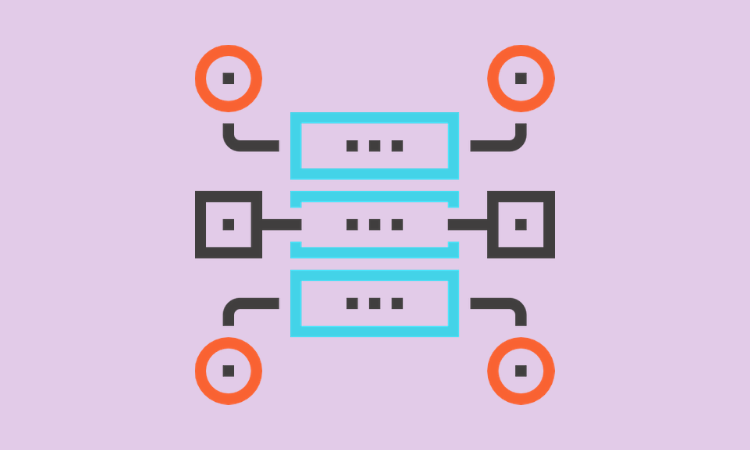Member Exclusive, Payments
Research: Popularity of mobile payments is creating new retail payment use cases
- The global payments industry is taking strong steps towards an ecosystem approach.
- Take up of open banking has been lukewarm, so payment players should prioritize strategies within these new parameters.





